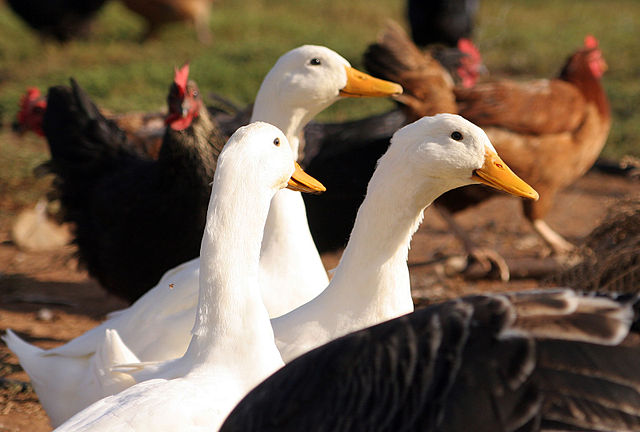Scientists in Britain have utilized CRISPR-Cas9 to curb the multiplication of avian flu virus in poultry. This is even as bird flu, traditionally associated with Asia, continues to spread to Europe, Africa and North America.
News of the breakthrough were published on the journal Nature Communications on October 10, 2023. Researchers announced that 9 out of 10 edited-gene chickens successfully fought infection from the Influenza A virus (IAV).
The gene editing technique in the case study used amino acid blocks to rebuild DNA.
There were tests, however, that showed that the virus could mutate and resist gene-edited DNA. Experimentation with overdose of gene substitutions in form of ANP32A amino acid led to immediate infection.
Possible mutations are worrying, considering the widespread reach of the highly infectious strain of IAV, whose first identification was in 2022. Consequently, millions of poultry have undergone culling globally, including in the U.S., the UK, the Gambia and South Africa.
Gene-Editing Program
Since 2005, scientists in Hong Kong and Europe have collected 10,000 DNA sets of the virus. Study on these sets and DNA alteration via gene-editing are helping to get closer to medical breakthroughs.
CRISPR-Cas9 is a gene-editing program that can grow genetically modified fowls that are resistant to avian flu to a degree.
With gene-editing, scientists can edit or adjust particular parts of a genome, which is the entire information path of the DNA. This makes it possible to remove or augment DNA locations that promote disease.
Analysts in the UK say that such a move would save the British poultry sector 100 million Sterling Pounds.
The technique could also prevent that rare scenario where avian influenza jumps to humans and causes a pandemic.
Gene editing may not only offer long-lasting resilience to poultry but is the way to “reducing the risks to humans.” This is according to Professor Mike McGrew, a researcher with the Roslin Institute of University of Edinburgh.
China was the first to report a case of avian flu in 1996 in a goose. The first human infection took place in 1997 in Hong Kong.
The initial human infection case of the H10N3 avian flu strain also occurred in China in 2021. This was 5 years after the deadly H7N9 which killed 616 people between 2013 and 2017.
